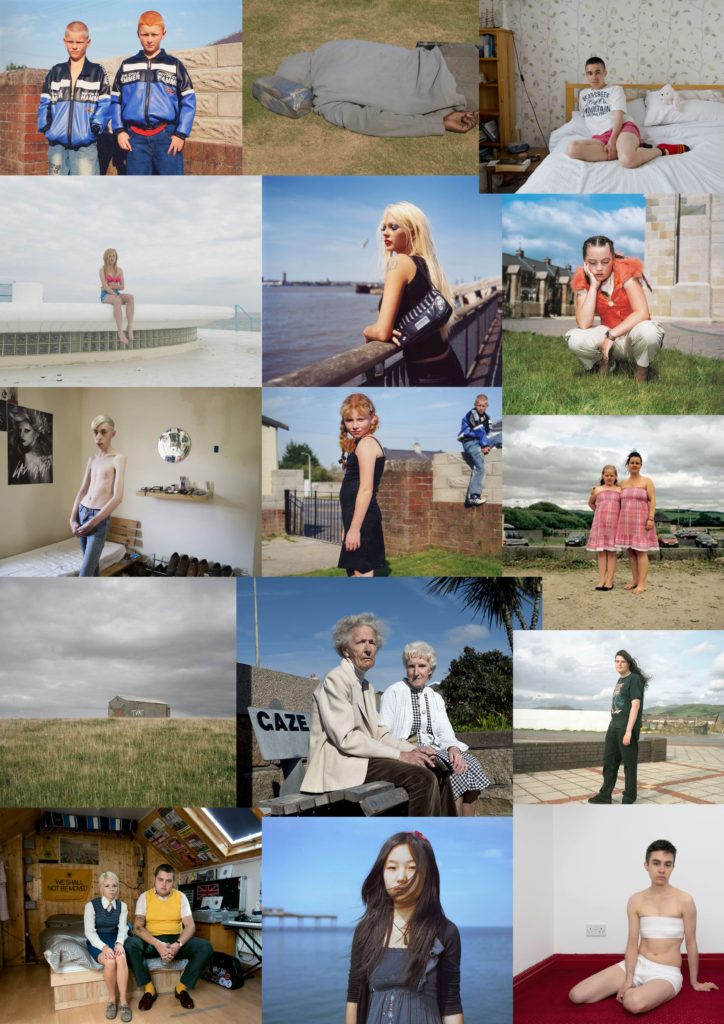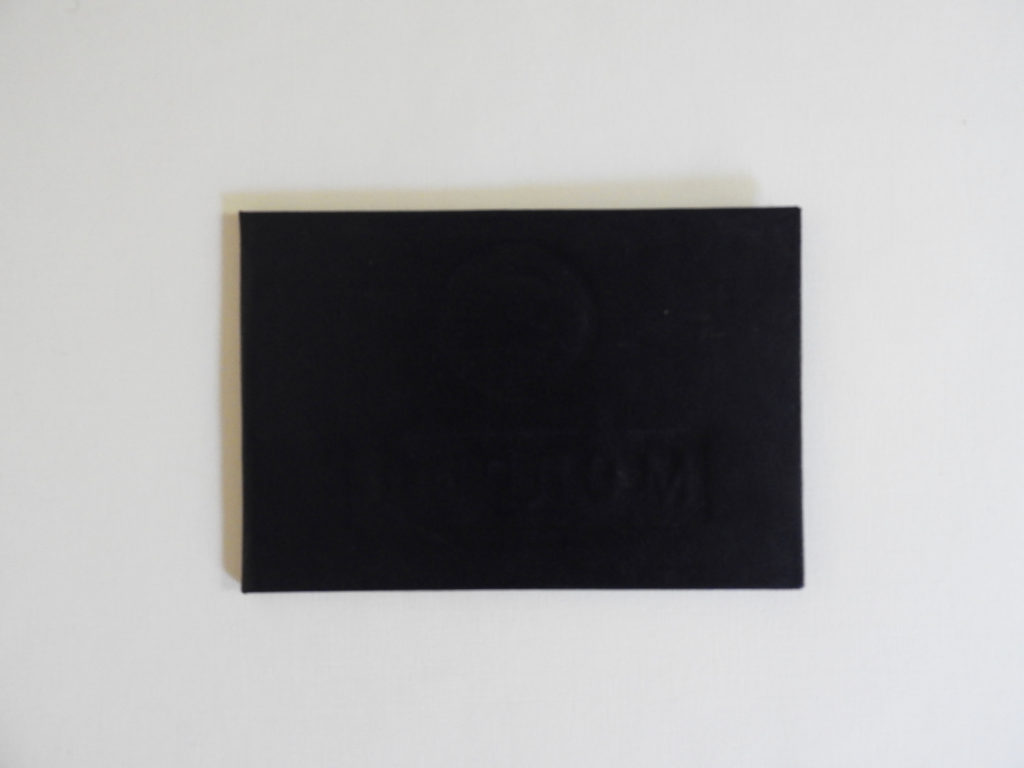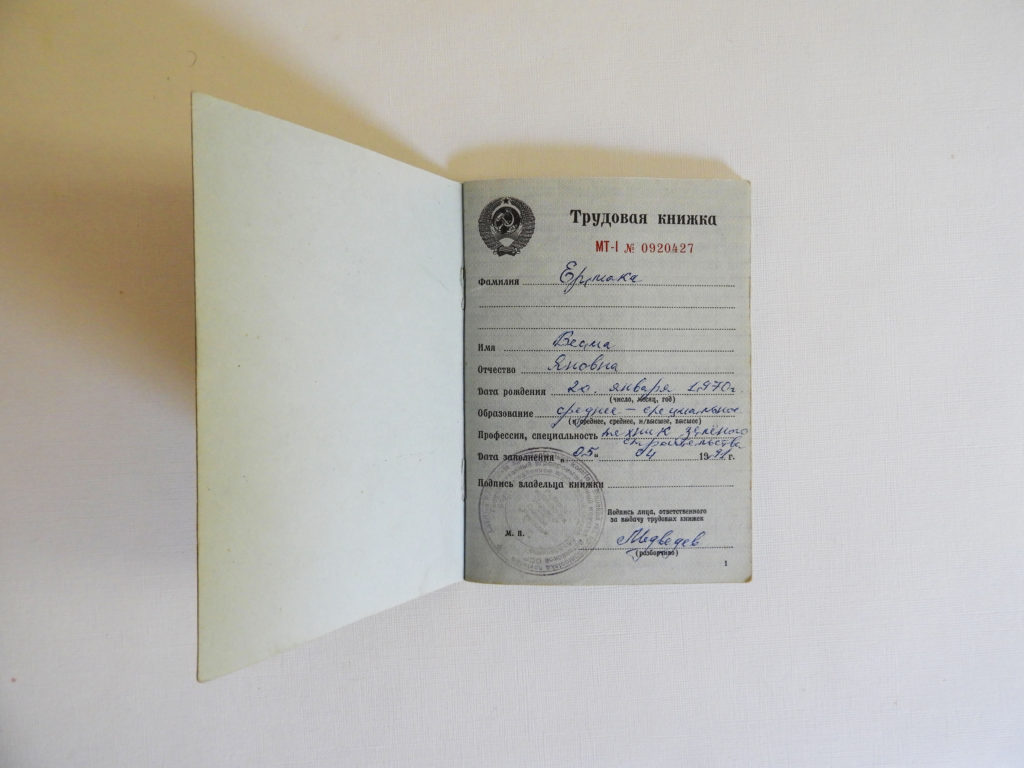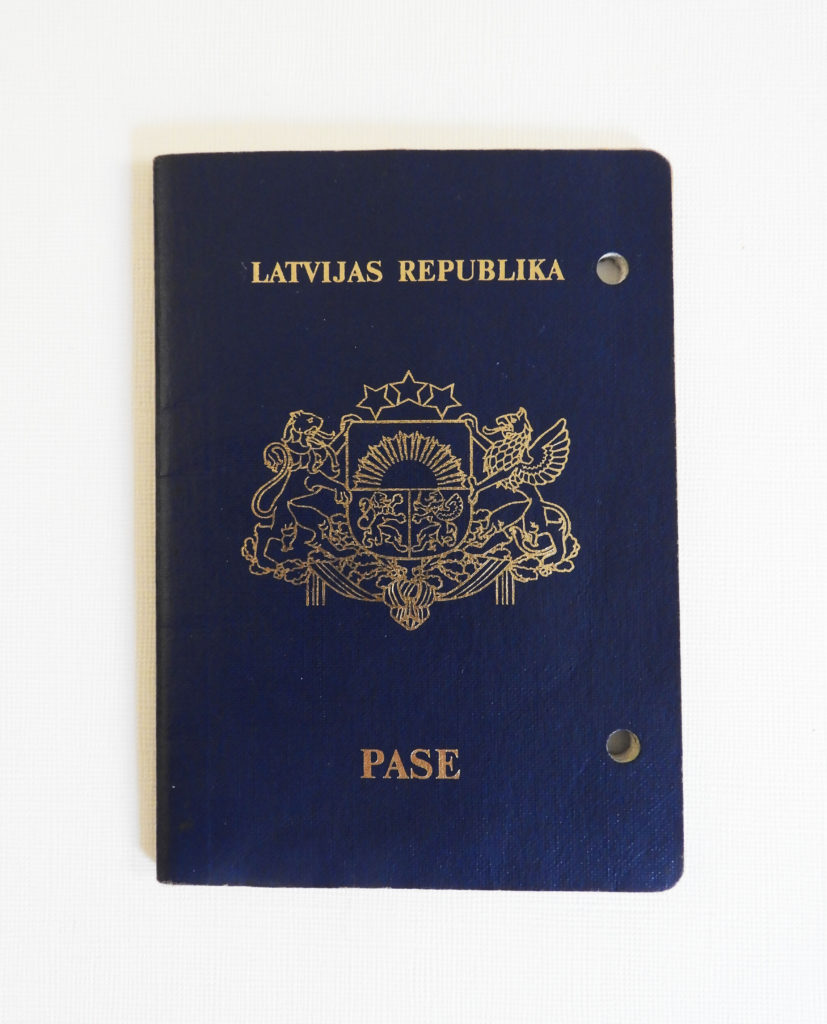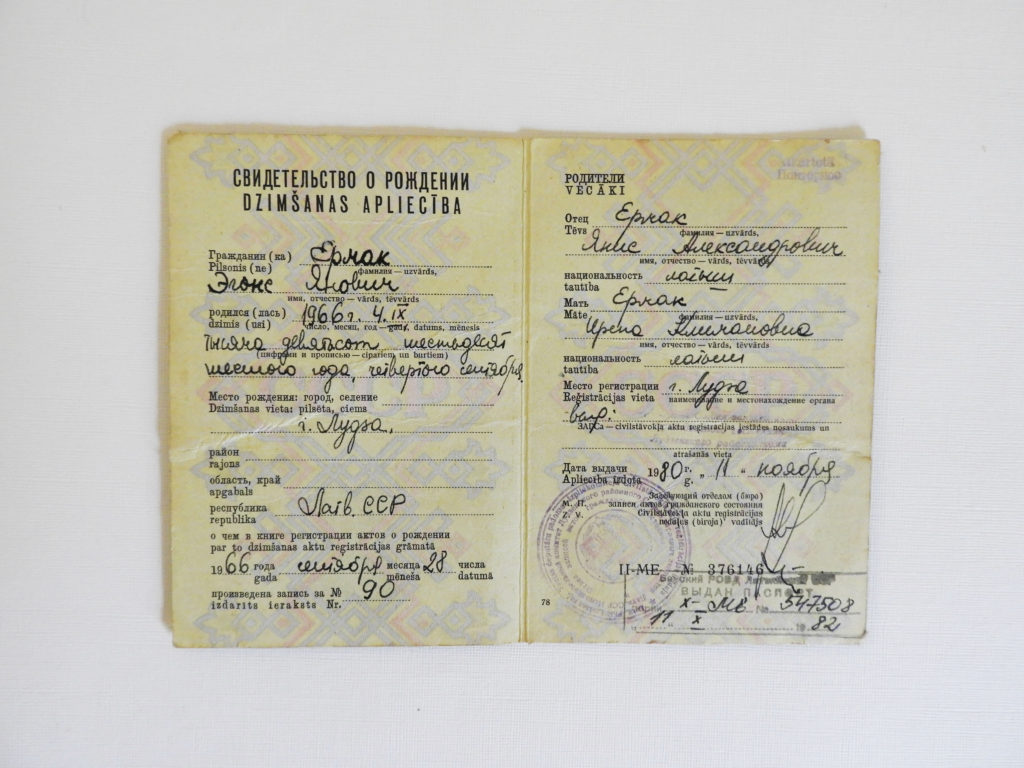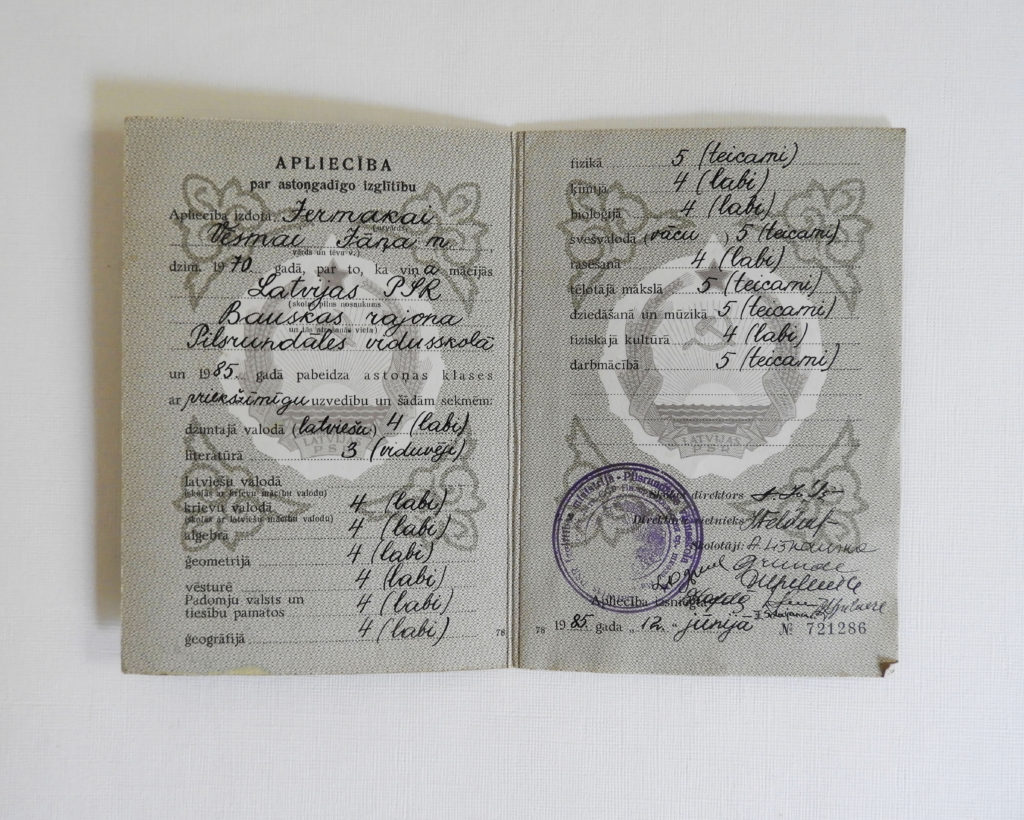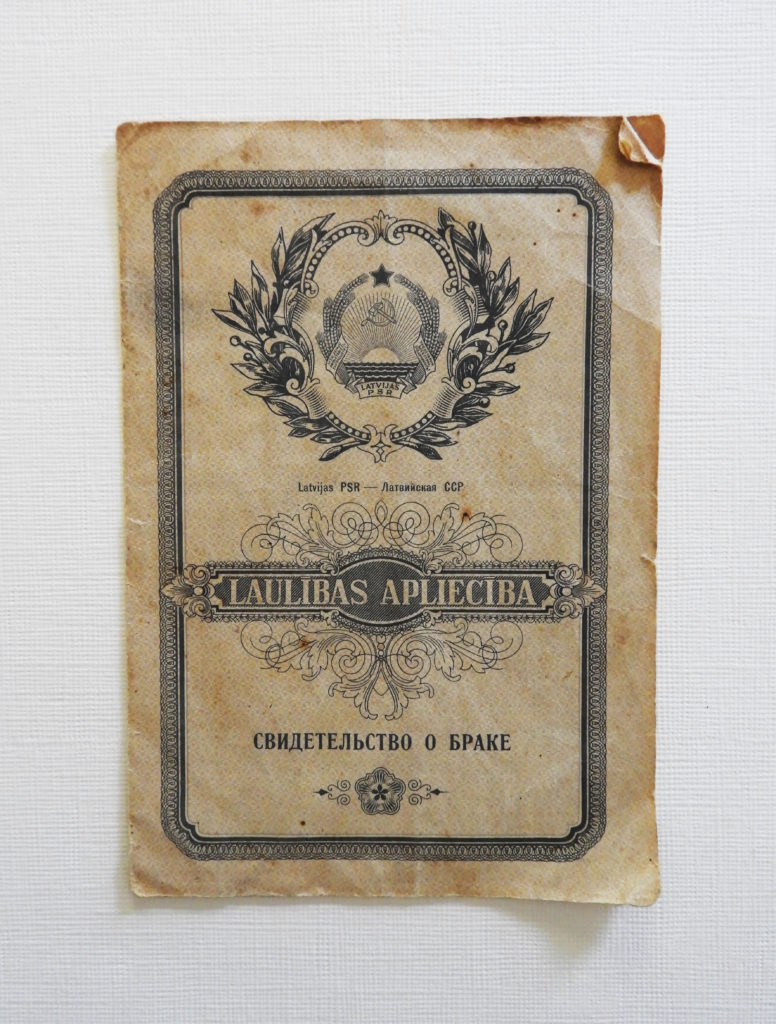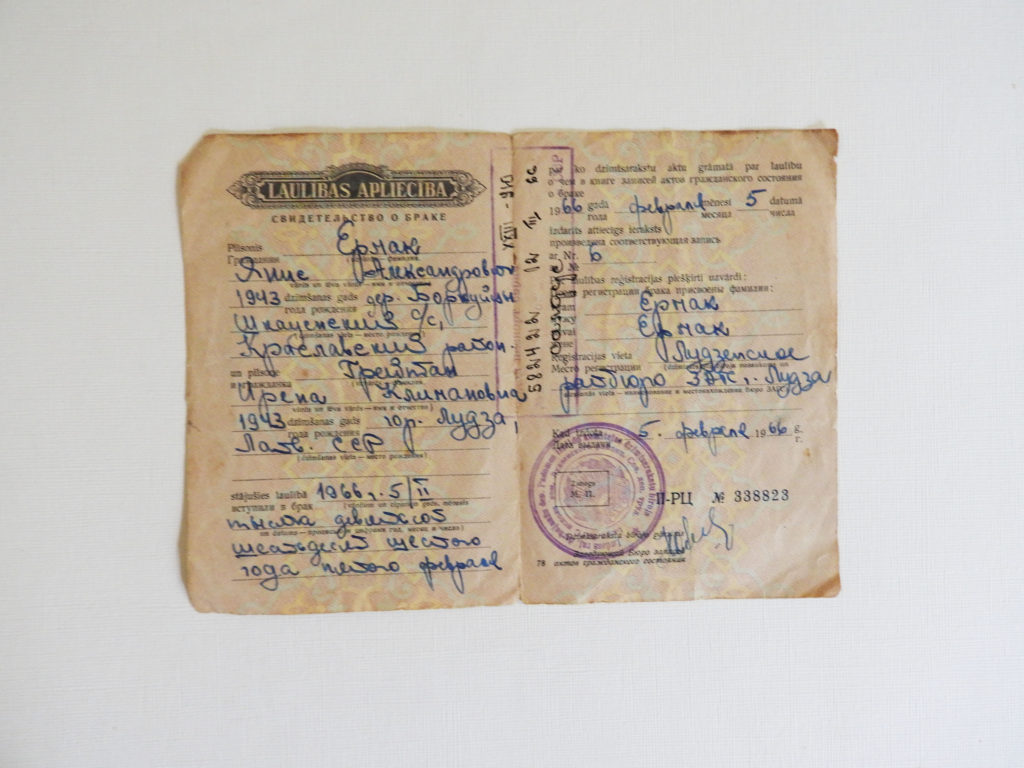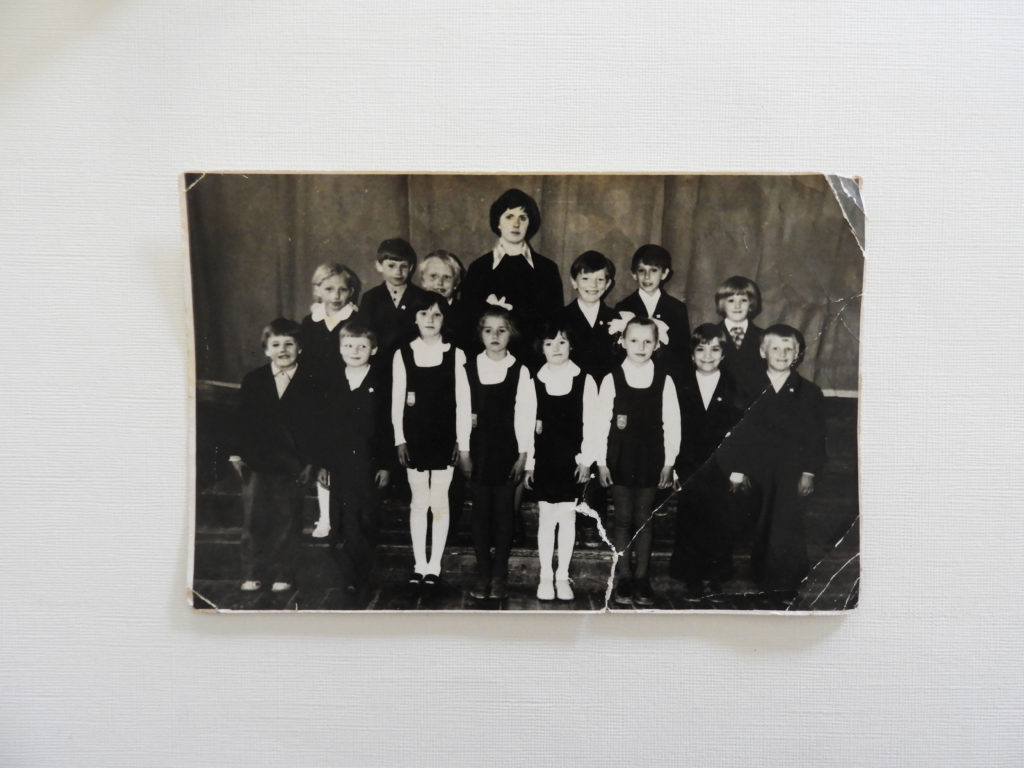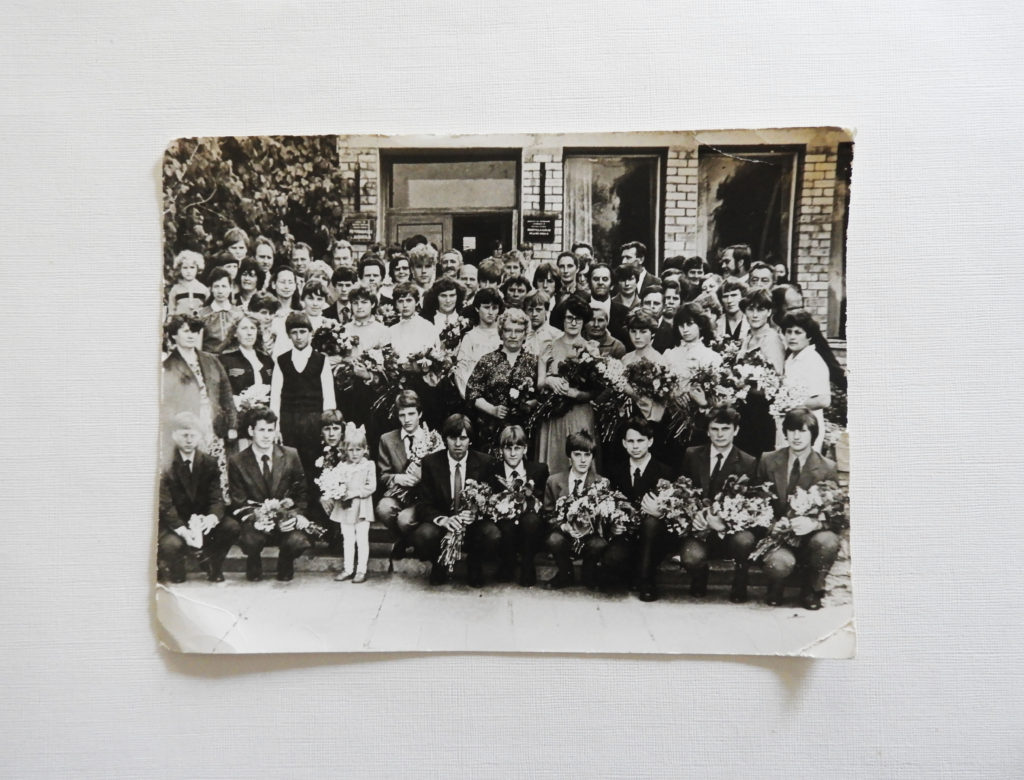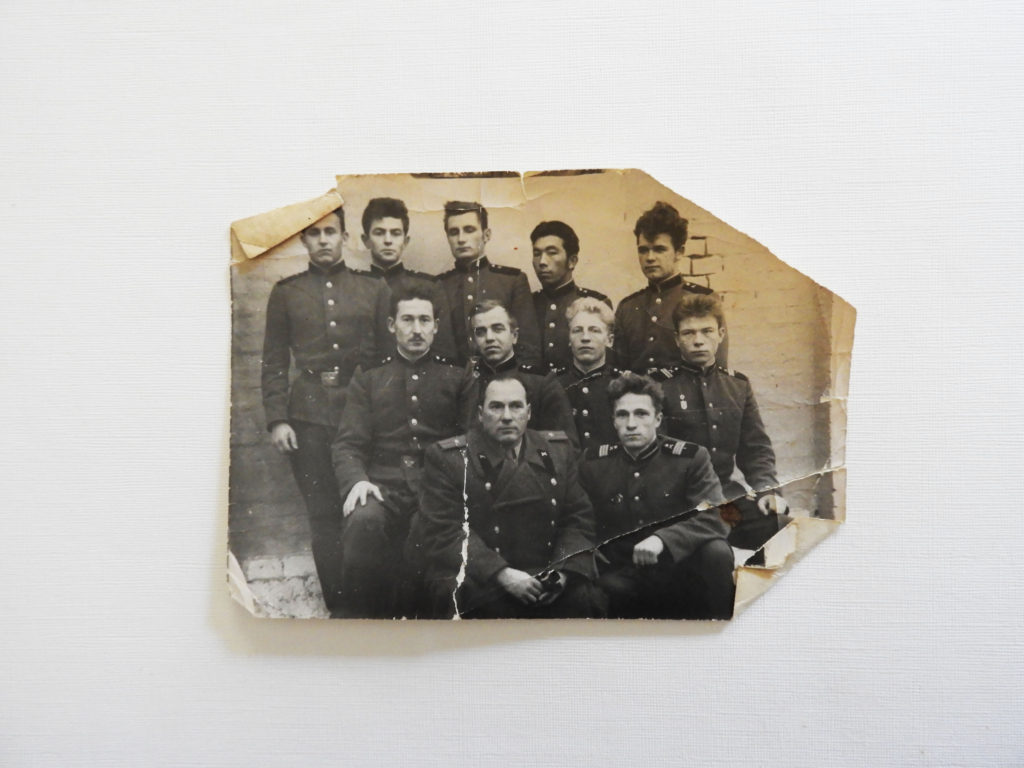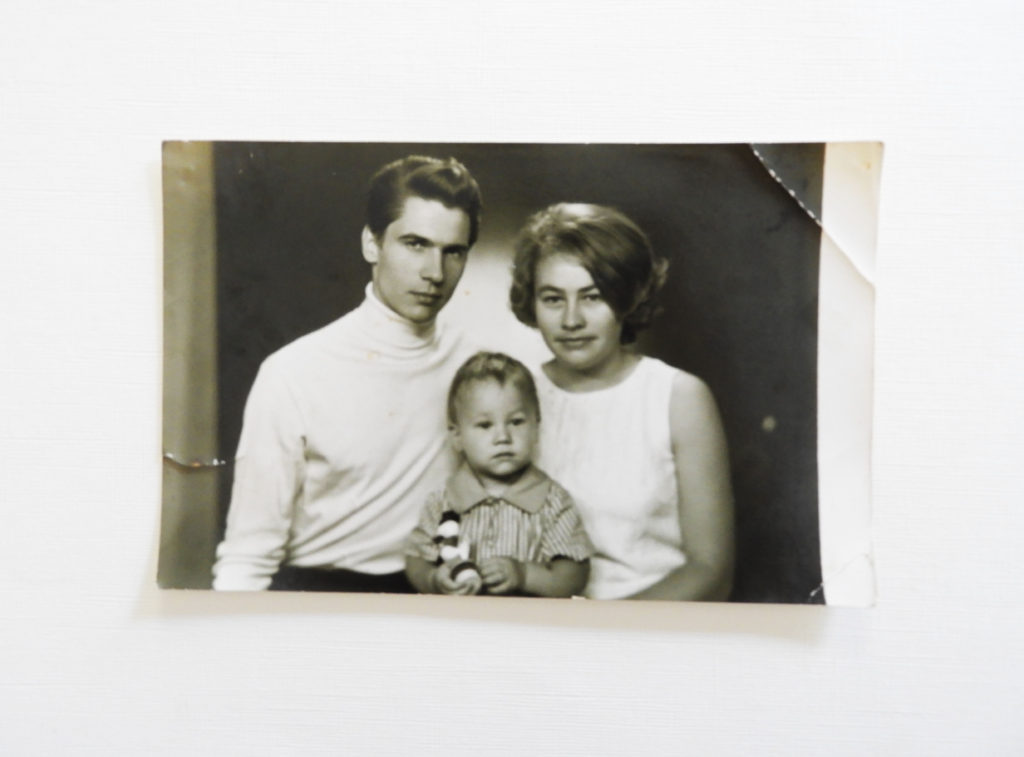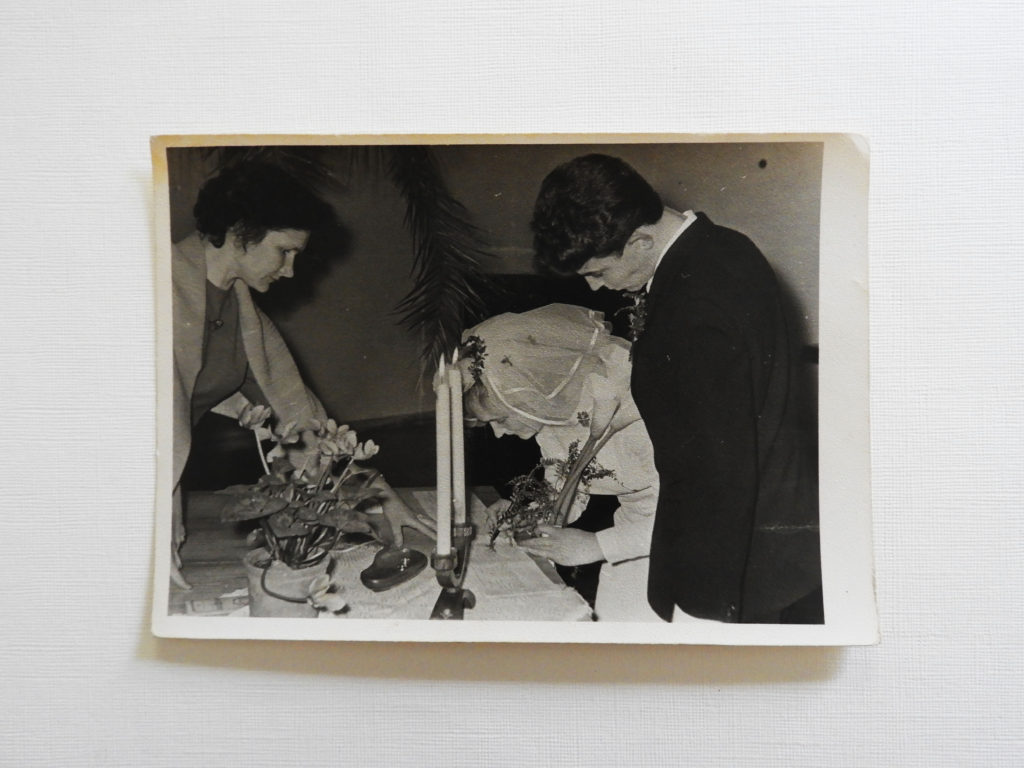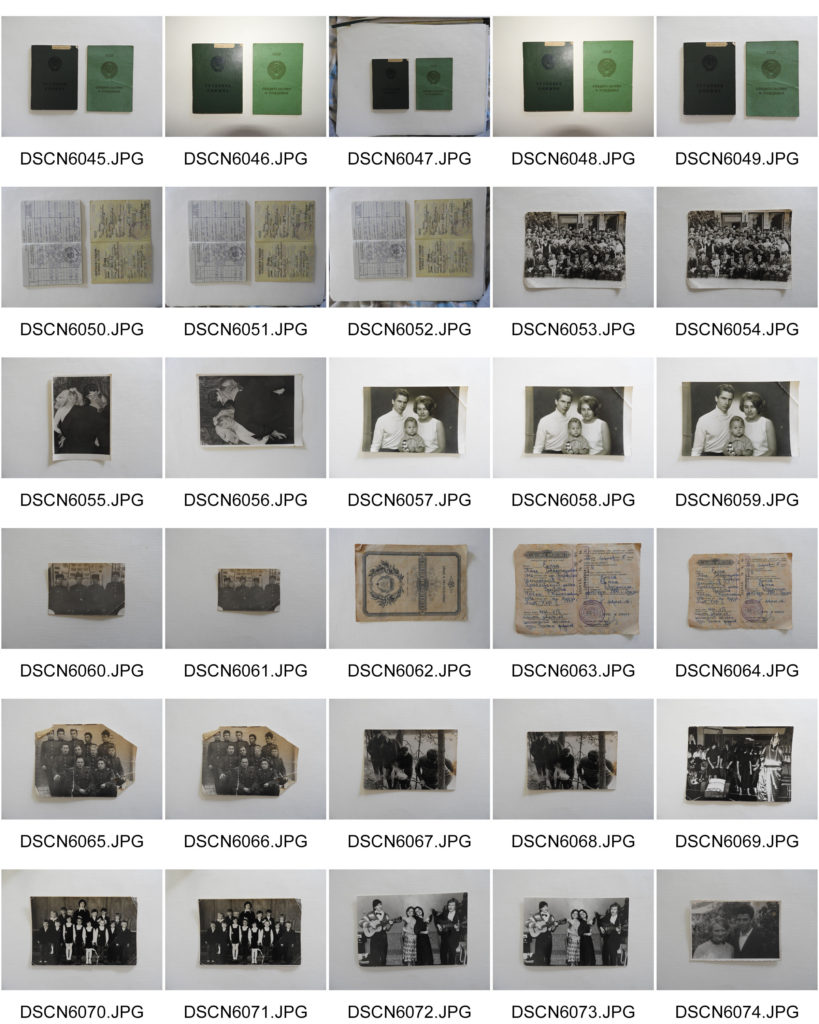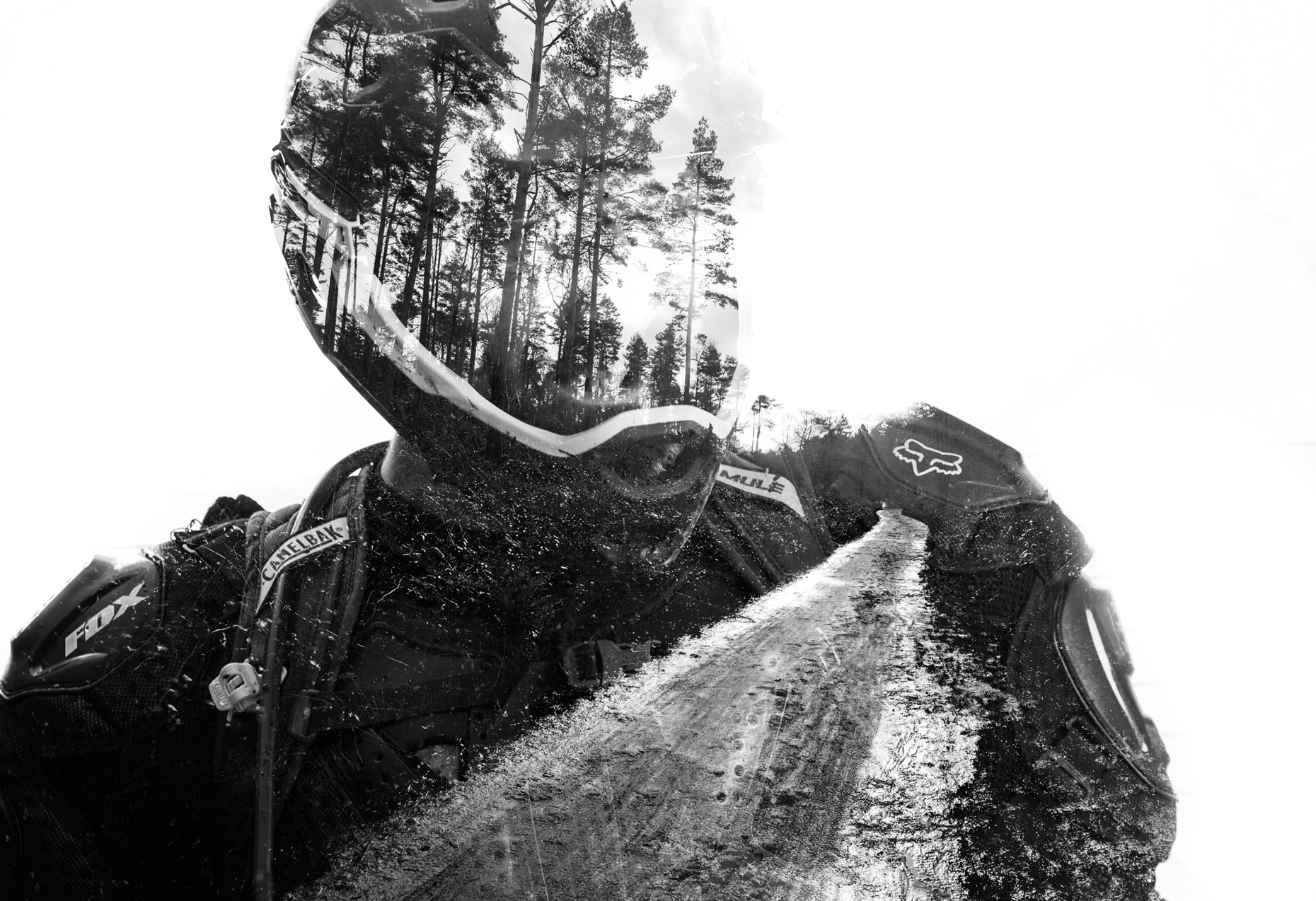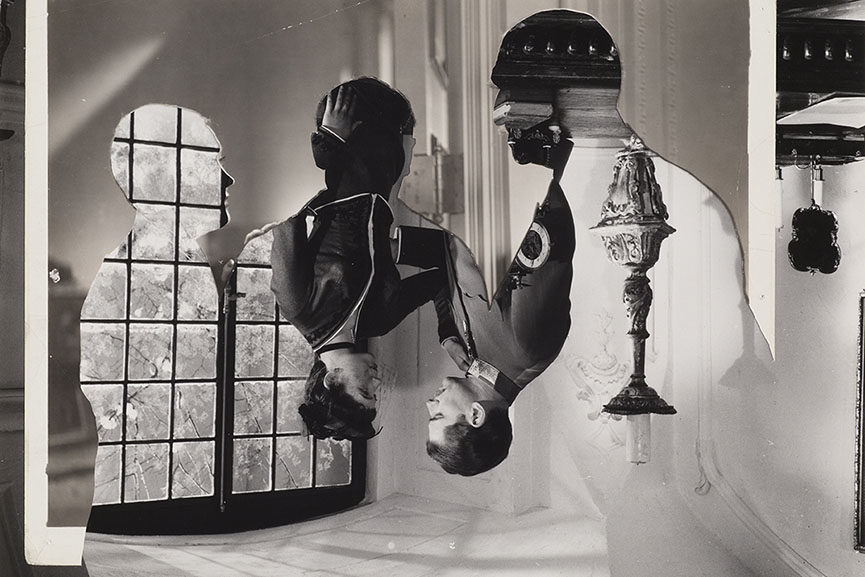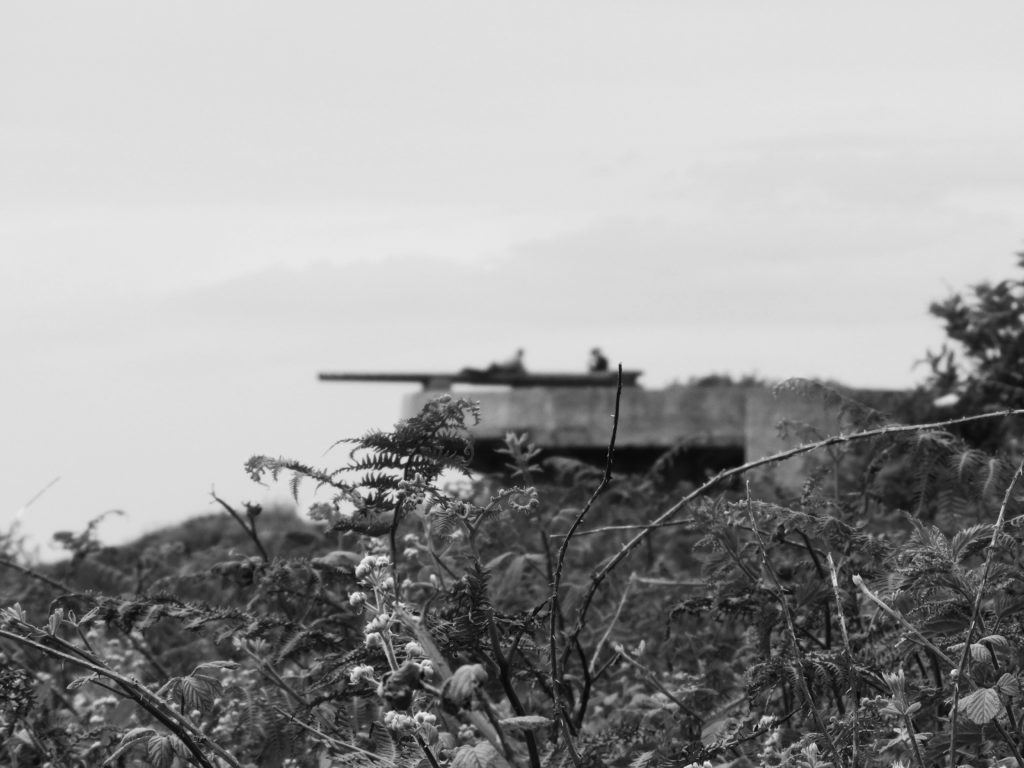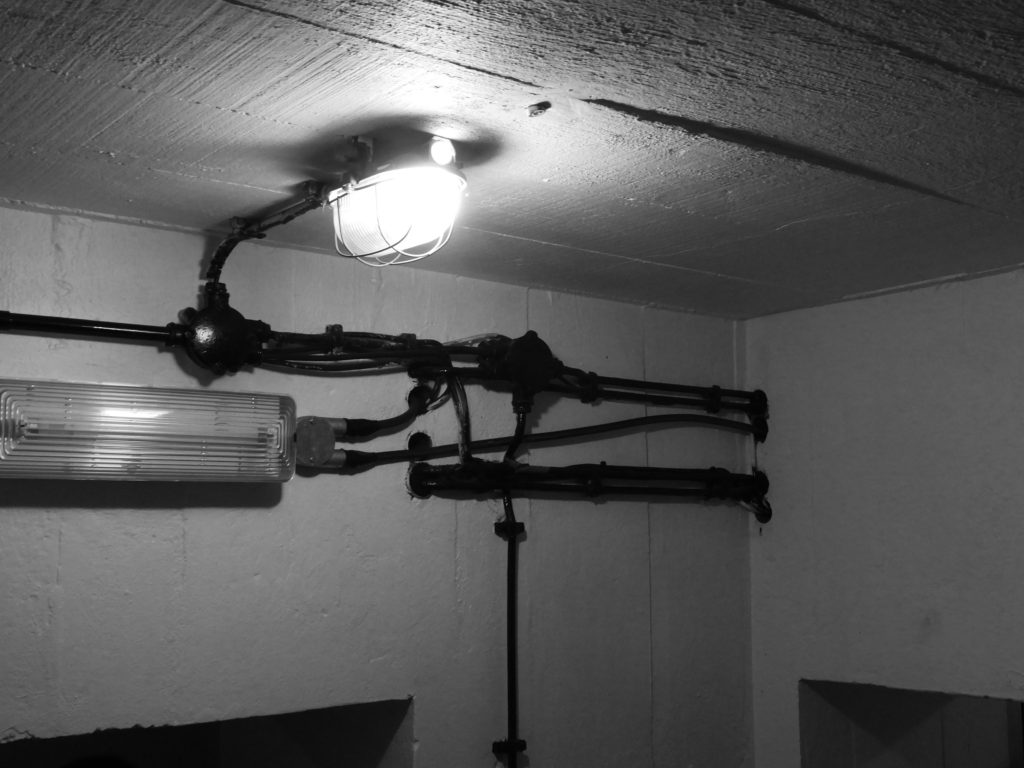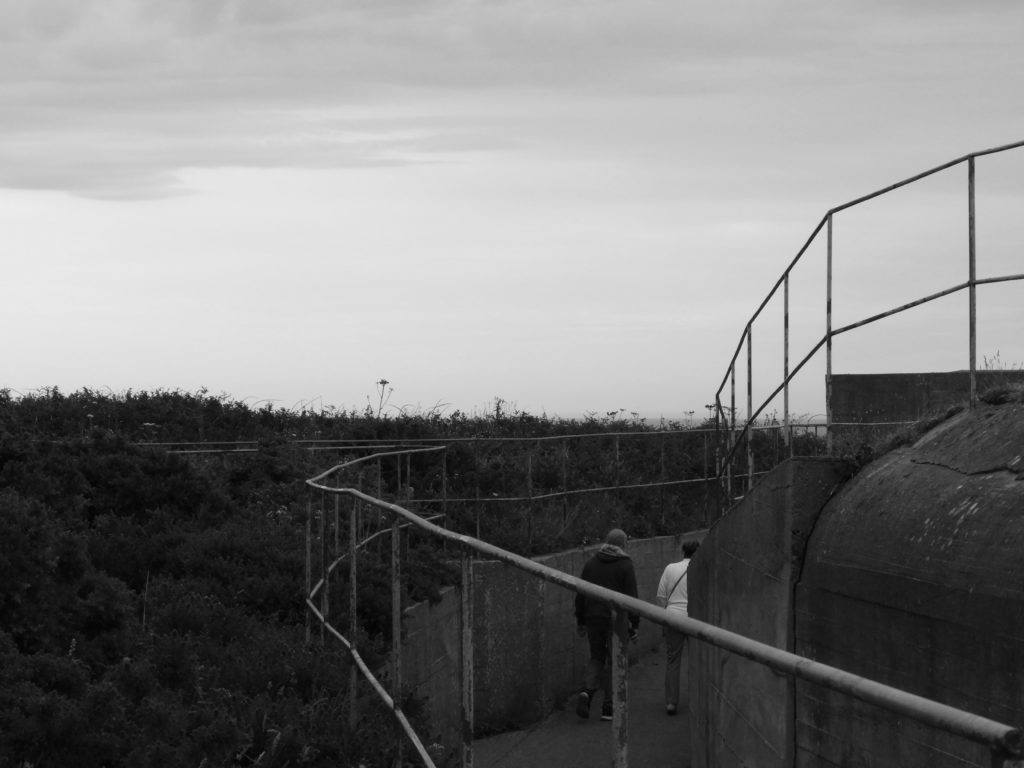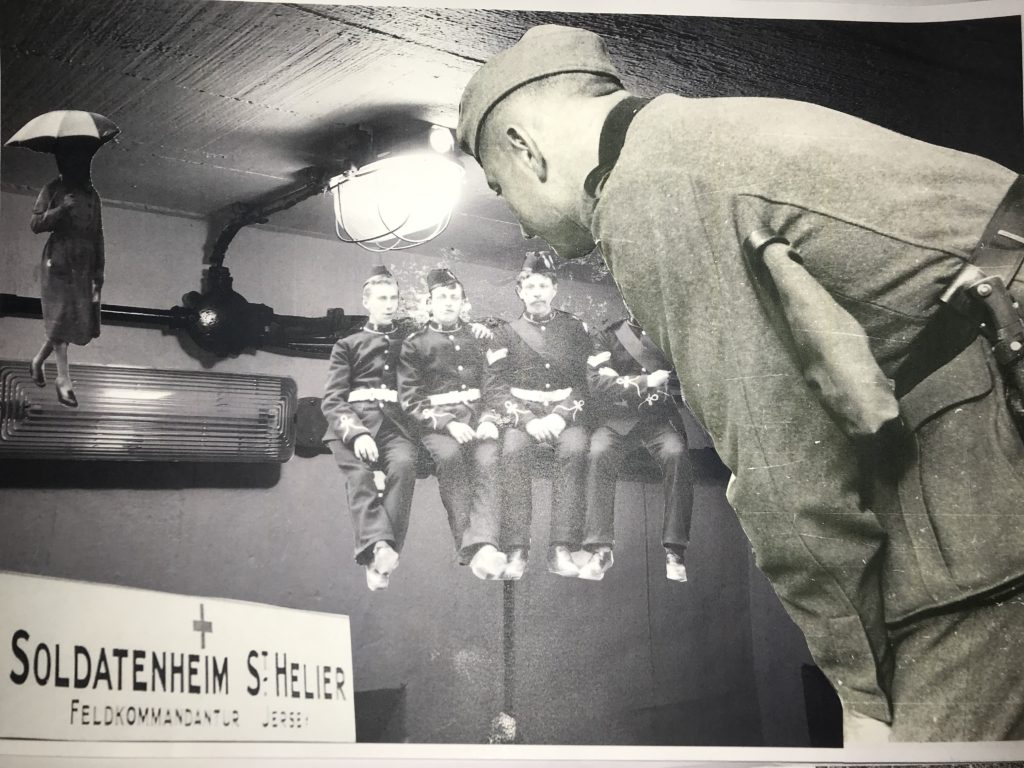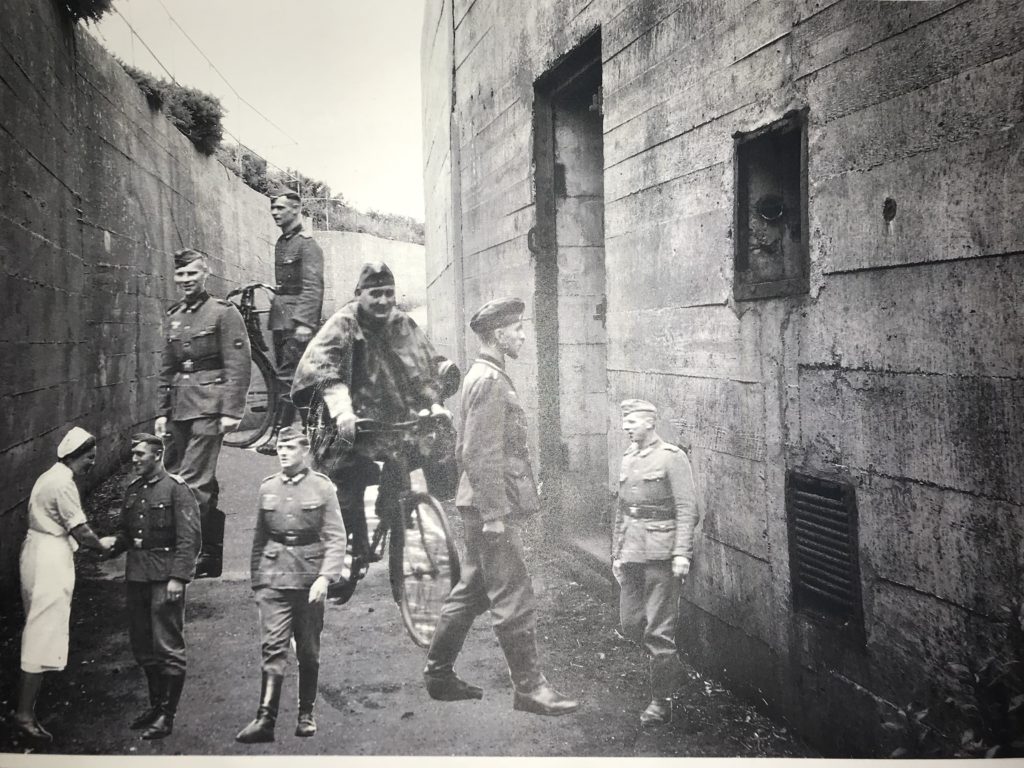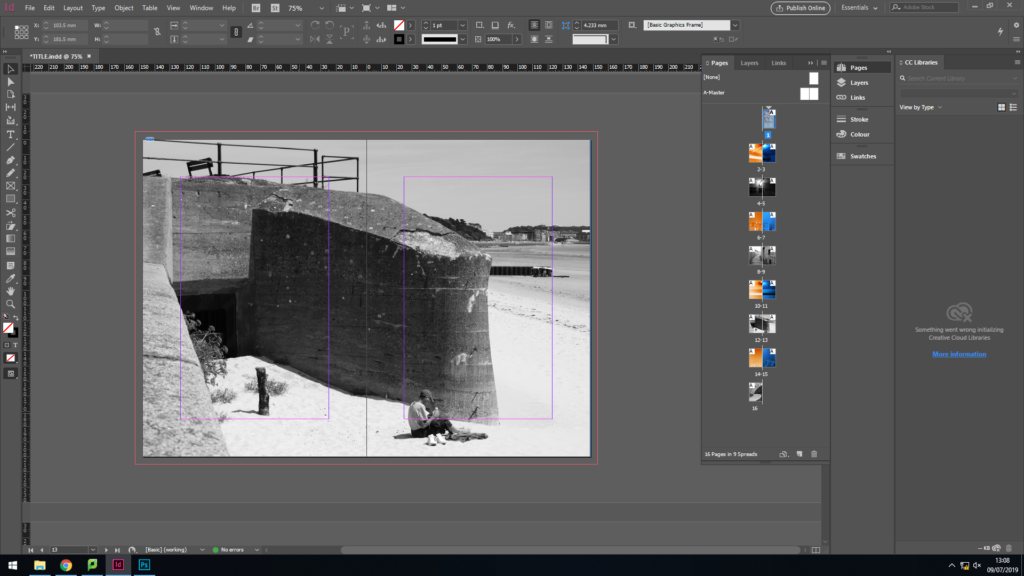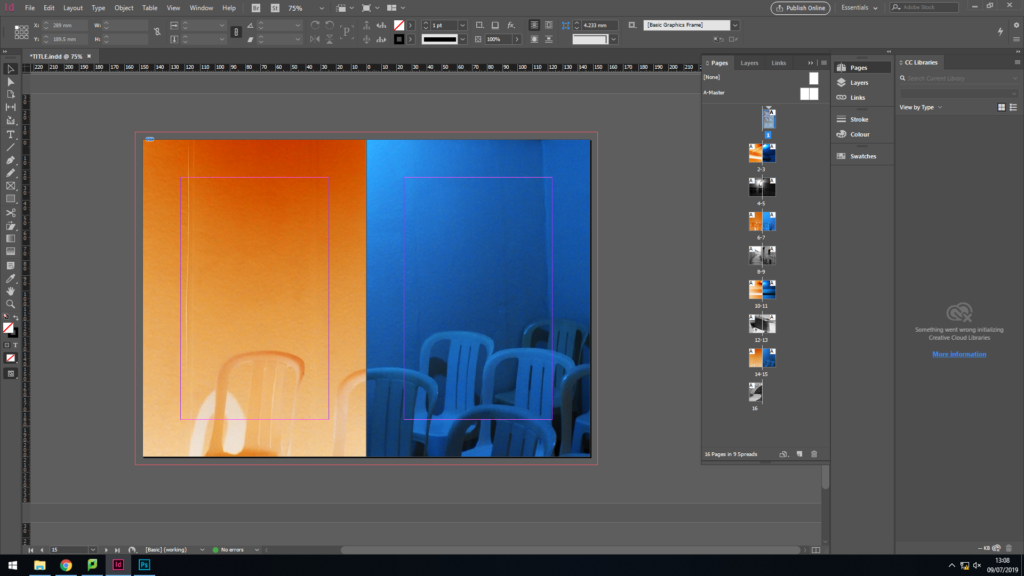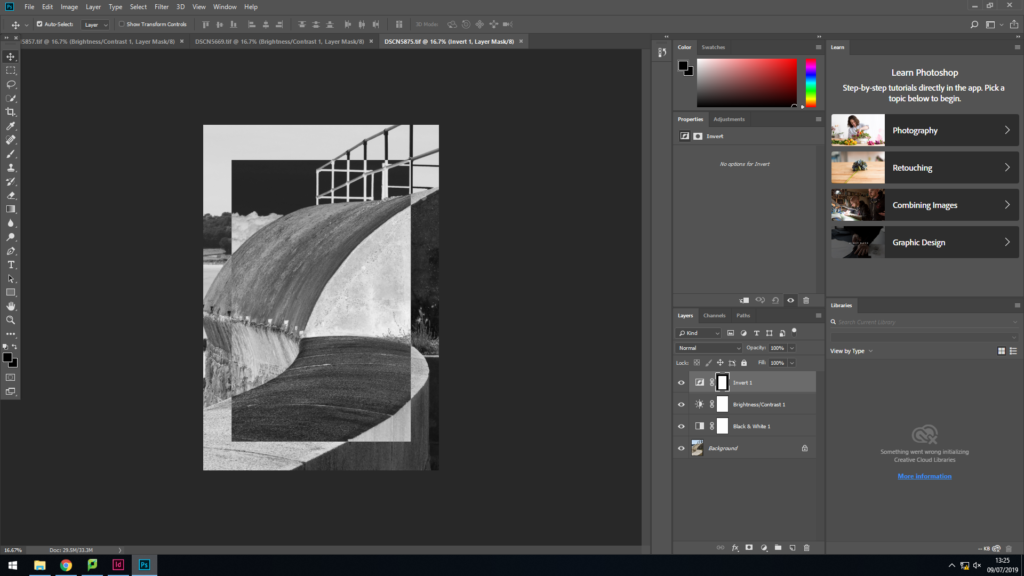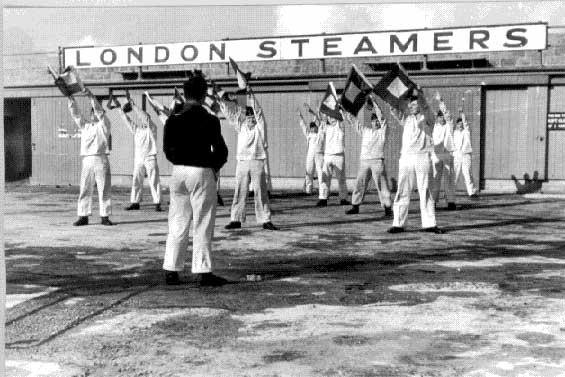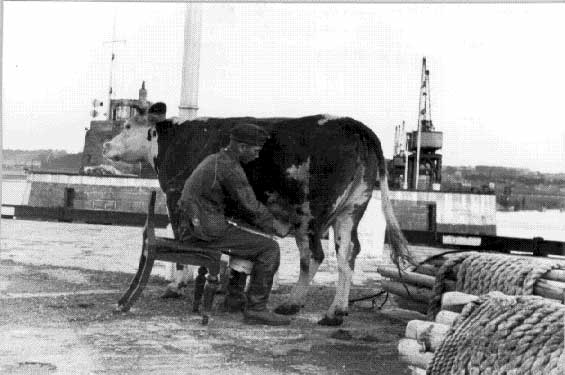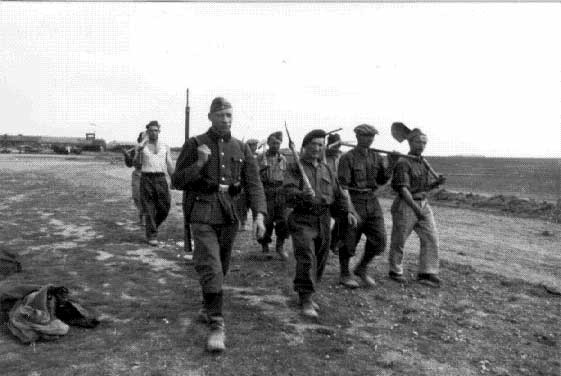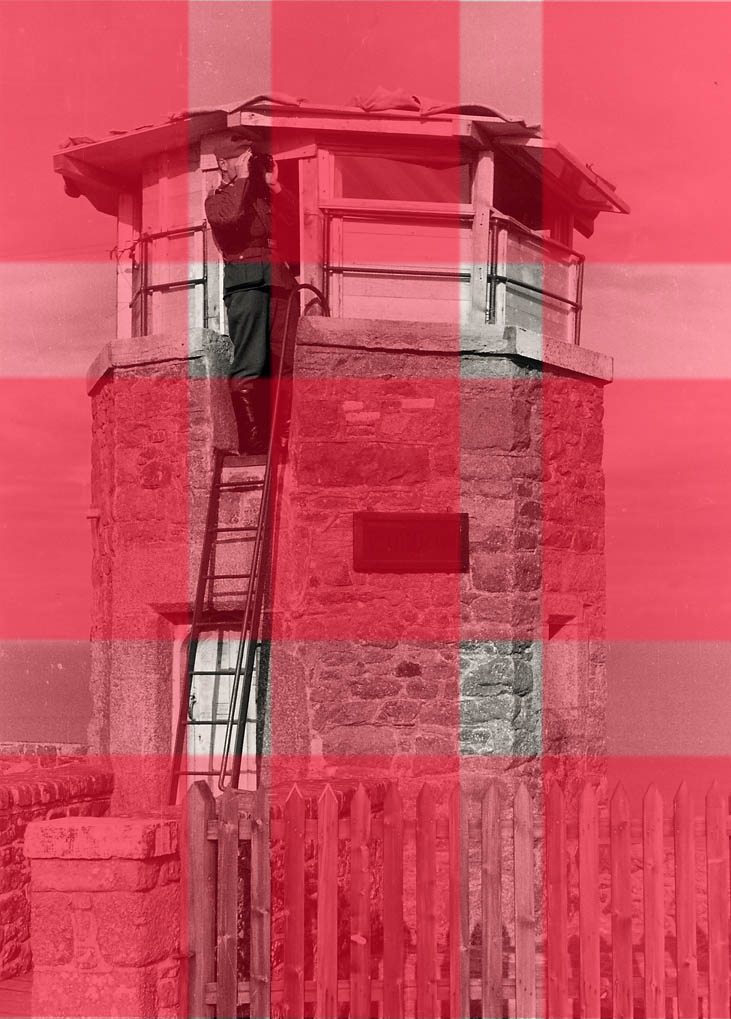ENVIRONMENTAL/STAGED PHOTOS:
It’s the same as a standard portrait, but you go to the place where your subject spends most of his or her time. Usually, it’s somewhere relevant to that person’s passion in life. So if you’re taking a picture of an artist, you’d show up in her studio and take pictures while she works. If you’re taking a picture of your grandmother, you might pick the one place that reminds you the most of her and use that as your environment.
A good environmental portrait should bring out your subject’s personality in a stylized sort of way. It needs to be a bit of an exaggeration. Having your subject pose in a dramatic fashion, adds the air of mystique to the image. People will see it, and they’ll get intrigued.
MOST SUCCESUL IMAGES:
For this photo shoot I decided to solely focus on my mum and brother as I consider them the closest and most important people in my life. My brother in particular isn’t very fond of having his photo taken so therefore in the images you can see very clear discomfort in his facial expression and stance ,making the images portray more than just a family portrait. I’m very keen to explore both my family history through personal archival images and my immediate family now.


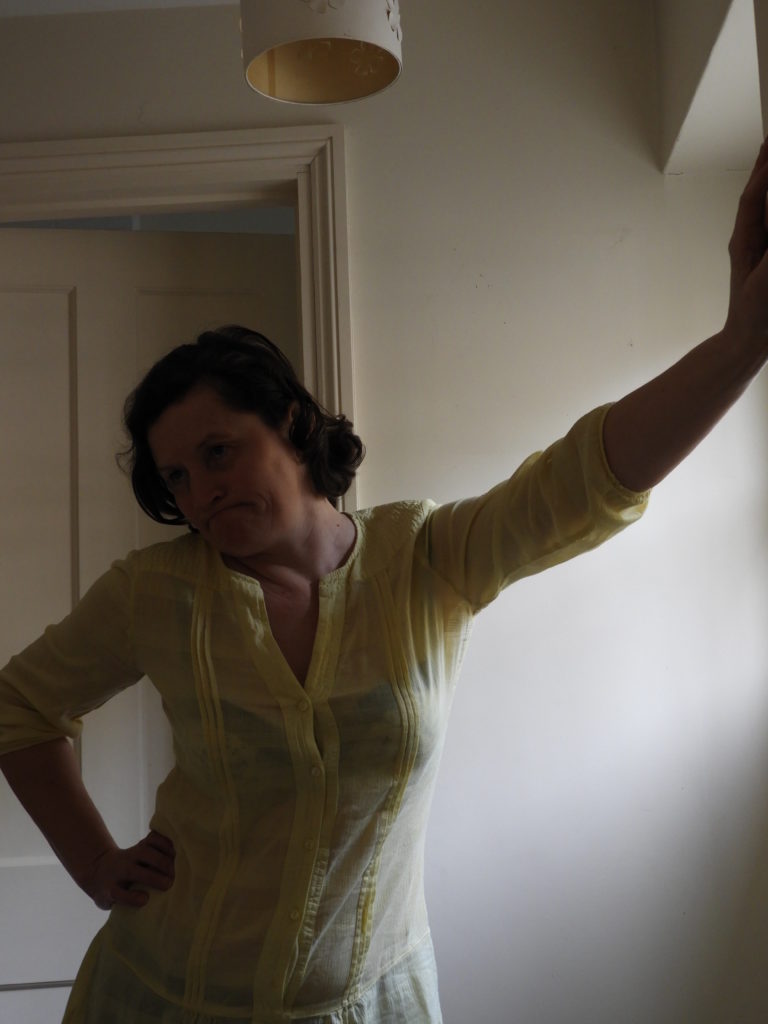


MOST SUCCESFUL IMAGE:
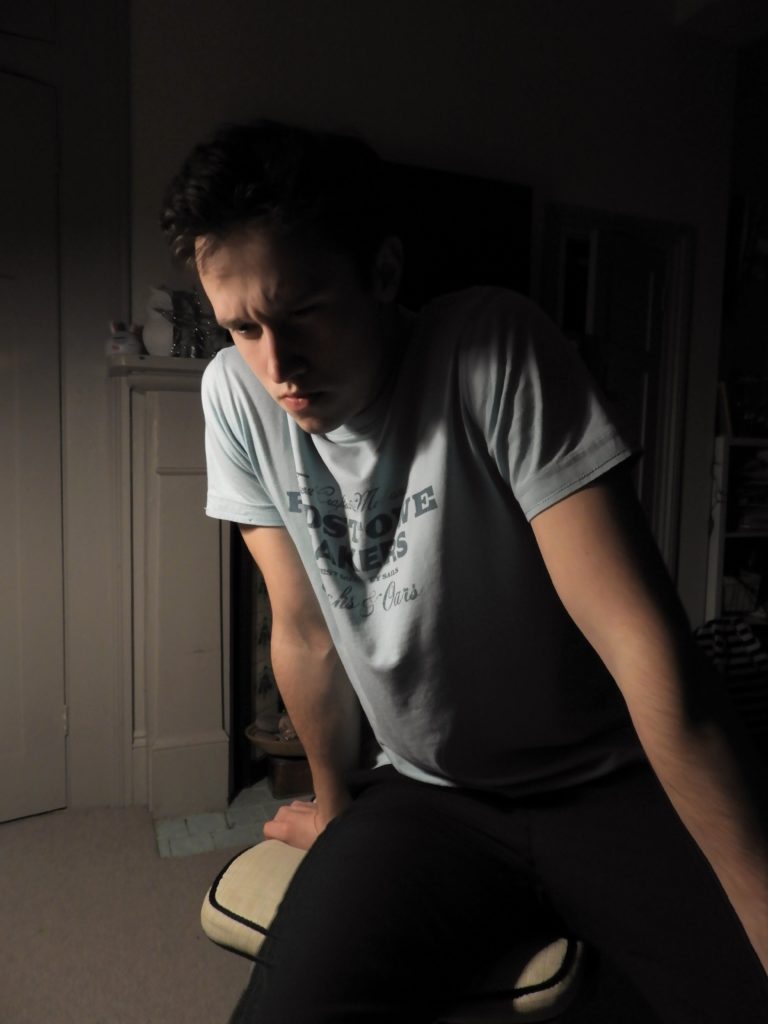
CRITICAL ANALYSIS:
VISUAL:
Visually the image above is one of my favourite as it most clearly shows the discomfort in my brother through his stance and facial expression. His body is rigid and stiff making it go in an upwards direction, diagonally. The dark backdrop and dramatic shadow also accentuates the lines and skin texture, very clearly showing his frustration on his forehead. The brow ridge is also lowered, showing anger and dissatisfaction furthermore. Overall the image is very dramatic and mysterious due to the dramatic lighting coming from the left hand centre of the image and the aggressive facial expression on my brother. The colours in the image are generally very subdued as the deep and dark shadows overpower all else. The general darkness of the image also makes it somewhat mysterious and enigmatic. The fact that his face is also very much in the dark can be reflective of inner struggle or conflict, the act that half the face is covered and the facial expression cannot be clearly seen.
TECHNICAL:
In terms of technical set up, in order to get the dramatic lighting which can be seen in the images, I set up a simple stand lamp on the table and pointed it downwards so as to not create contrast which is too extreme on the face. I wanted to retain some softness to the image and pointing the lamp down meant that the light was more diffused and not as harsh. Due to the dark nature of the of the backdrop, I had to increase the ISO to 800 in order to avoid underexposure in the image. Also increasing the aperture to let as much light into the camera as possible. I decided to have the models sit and pose for me in a natural way which felt most comfortable to them, allowing their inner thoughts and feelings to be reflected through their facial expressions and body language. There is a clear contrast between my mum and brother, feeling more relaxed and at ease than my brother.
CONCEPTUAL:
Conceptually, I wanted to capture the inner feelings of both my mother and brother through a series of laid back and natural environmental/staged photos. As I am wanting to use them both as models for upcoming shoots, I wanted to do this initial photo shoot in order to get them adjusted to the camera and feel more at ease. Posing in ways which they felt were comfortable for them. The benefit of photographing people in a natural environment is people feel more relaxed and comfortable being photographed resulting in better and stronger images. They were at home just going about their day and I wanted to capture just a small part of their day, this is reflecting in themselves as they are wearing very casual and typical clothes, something which you would just lounge around in at home.
CONTEXTUAL:
Arnold Newman, in full Arnold Abner Newman, (born March 3, 1918, New York, died June 6, 2006, New York City), American photographer, who specialized in portraits of well-known people posed in settings associated with their work. This approach, known as “environmental portraiture,” greatly influenced portrait photography in the 20th century.
Newman studied art at the University of Miami in Florida from 1936 to 1938 and then took a job as an assistant in a photography studio. In 1941 Newman had his first major exhibition in New York City. After years of frequently visiting New York, he moved there and opened his own portrait studio in 1946. Although his early portraits concentrated on well-known artists, he gradually broadened his subject matter to include famous people of all types, including writers, composers, political leaders, scientists, and business magnates, usually posing them in their own space or in a space that was constructed to reflect their character.

